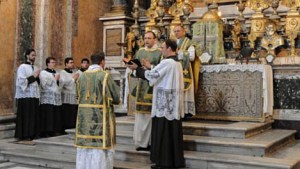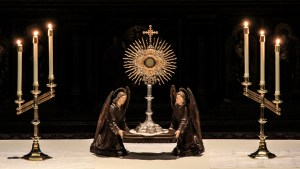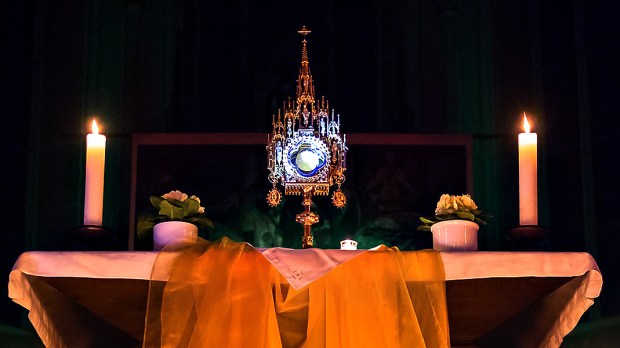During the weeks before Lent medieval Christians were well known for their exuberant merrymaking. This time was seen by some as the “last call” for any “carnal” (literally, fleshy) delights before the somber season of Lent.
However, the Church had other thoughts about this pre-Lenten season and instructed her people to prepare spiritually for the arduous 40-day fast.
Over time the English word Shrovetide was assigned to the final days before Ash Wednesday and best summarizes the primary focus of these days. It comes from the Middle English word shrive, meaning “to confess.” According to an 11th-century text, “In the week immediately before Lent everyone shall go to his confessor and confess his deeds and the confessor shall so shrive him as he then may hear by his deeds what he is to do [in the way of penance].”
In other words, Shrovetide was a special time of spiritual preparation where Christians examined their lives and confessed their sins. Lent was a time to perform various penances to atone for those sins confessed during Shrovetide and turn away from them through prayer and self-denial.
To further emphasize the spiritual character of Shrovetide, in the 18th century Benedict XIV promoted the “40 Hours Devotion,” a custom where the Blessed Sacrament would remain exposed on the altar for 40 continuous hours on the days immediately before Ash Wednesday. This would allow the faithful to spend personal time of adoration in front of Jesus present in the Eucharist and further reflect on their lives and look forward to the penitential season of Lent.
While there are other cultural traditions associated with Shrovetide, it was initially a period of time reserved for reflection and confession, preparing the heart for the graces God wanted to give it over the next 40 days.

Read more:
Here’s why some Christians observe 70 days of Lent

Read more:
40 Hours Devotion: Spending personal time with the Lord

